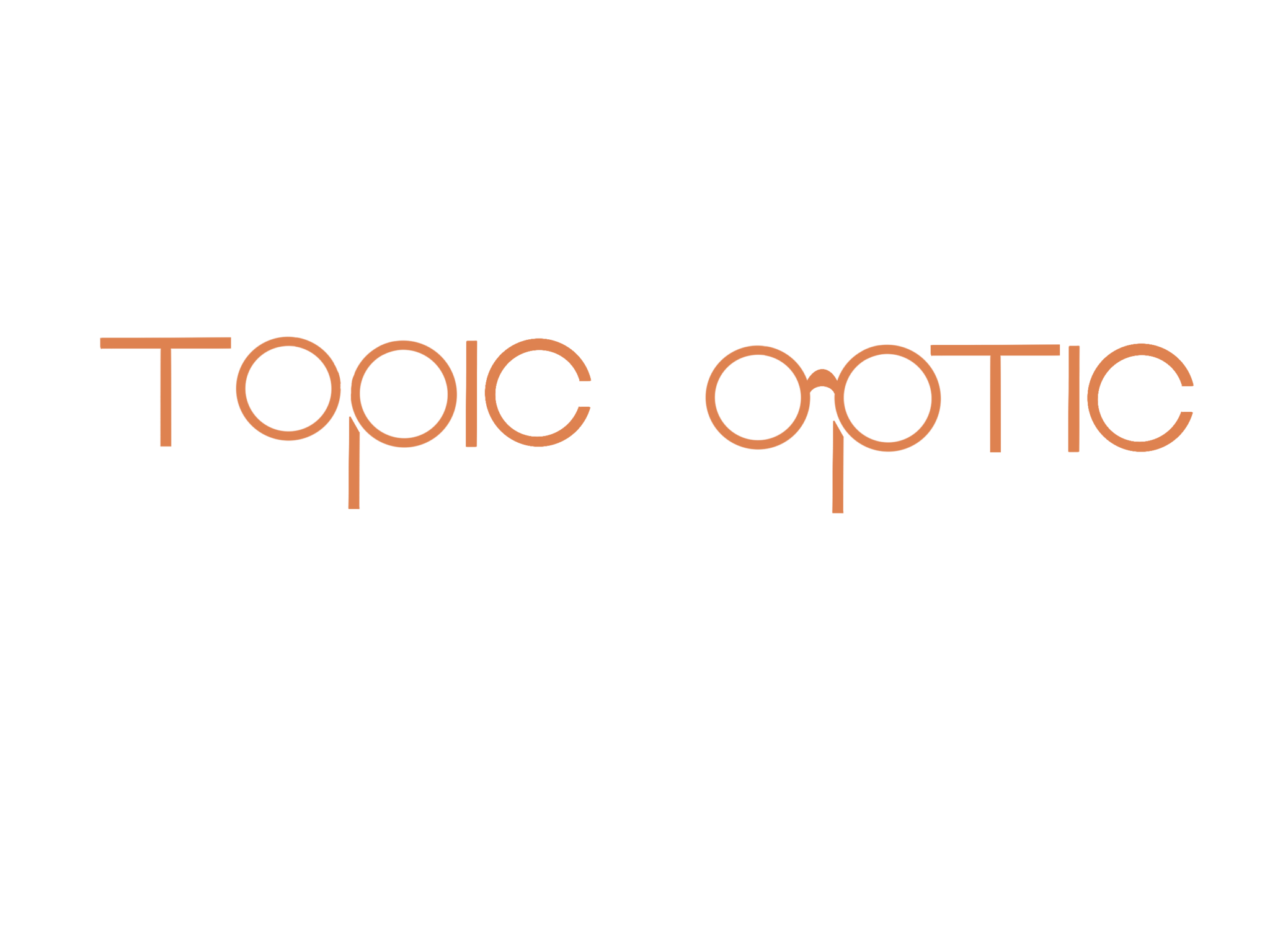Farsightedness (hyperopia)
What Is Farsightedness (Hyperopia)?
Farsightedness, medically known as hyperopia, is a common vision condition in which distant objects can be seen more clearly than nearby objects. This occurs because the shape of the eye causes light rays to bend (refract) incorrectly, focusing images behind your retina instead of on it.
Symptoms of Farsightedness:
Individuals with hyperopia may experience:
- Blurry vision for close tasks like reading or computer work
- Squinting to see better
- Eye strain, including burning eyes and aching in or around the eyes
- General eye discomfort or headaches after prolonged periods of tasks requiring near vision
- Difficulty maintaining a clear focus on near objects
Treatment for Farsightedness:
Treatment for farsightedness aims to help the eye focus light on the retina through the use of corrective lenses or refractive surgery:
- Eyeglasses or Contact Lenses: These are the simplest and safest ways to correct hyperopia. Your eye care specialist can prescribe lenses that will help correct the way light rays enter your eyes.
- Refractive Surgery: Procedures such as LASIK (laser-assisted in situ keratomileusis) or PRK (photorefractive keratectomy) can be used to reshape the cornea, changing the focal point to increase clarity in near vision.
It’s important to have regular eye exams to monitor your vision and update prescriptions as needed.
Prevention of Farsightedness:
While farsightedness is often a genetic condition, and thus cannot be prevented, regular eye exams are essential for early detection and effective management. For children, routine eye screenings are important as they may not realize their vision isn’t normal.
Please note that this information is provided for informational purposes only and should not substitute professional medical advice. If you suspect you have any eye-related concerns, it is important to consult with an eye care professional for a proper evaluation and personalized recommendations.
